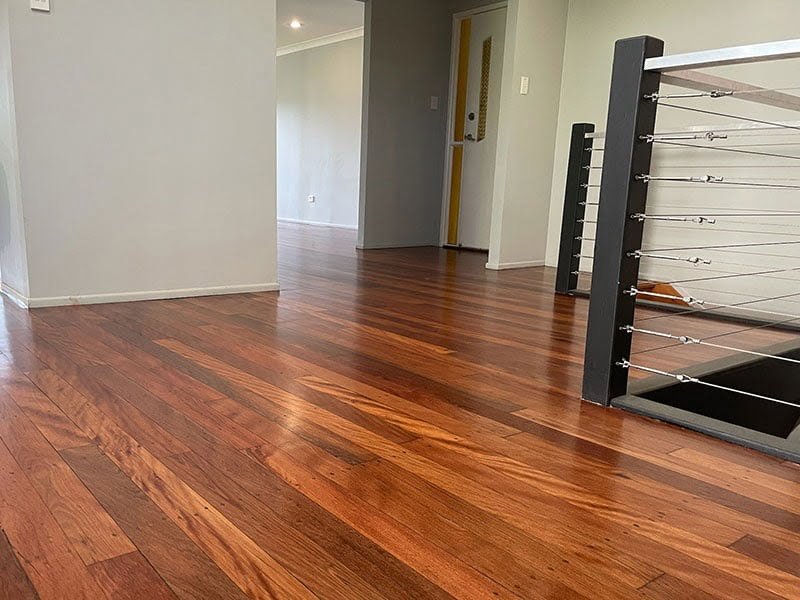Furniture polishing is an essential part of maintaining the beauty and longevity of wooden furniture. Professional polishers adhere to specific techniques and best practices to achieve the best results. This article will explore these practices in detail, highlighting the steps and considerations necessary for effective furniture polishing.
Understanding the Wood Type
The first step in professional furniture polishing is understanding the type of wood being treated. Different woods have distinct characteristics, and knowing these can guide the choice of polishing products and techniques. Hardwoods like oak, maple, and walnut may require different care compared to softwoods like pine or cedar. Exotic woods might also have unique needs.
Selecting the Right Products
Professionals choose polishing products based on the wood type and the desired finish. Oil-based polishes are commonly used for their ability to penetrate the wood and provide a rich, lasting sheen. However, water-based polishes can be a better choice for woods that are prone to absorbing moisture. Wax polishes are often used for a higher level of protection and a traditional finish.
Cleaning Before Polishing
A critical step before polishing is ensuring the furniture is clean. Dust, dirt, and grime can create an uneven finish and may even scratch the wood during the polishing process. Professionals use soft, lint-free cloths and gentle cleaners appropriate for the type of wood. It’s crucial to avoid harsh chemicals that can damage the finish.
Sanding and Repairing
Before applying polish, any imperfections like scratches, dents, or old finishes need to be addressed. Sanding smooths the surface, and finer grit sandpapers are used progressively to avoid damaging the wood. For deeper scratches or dents, wood fillers can be used, followed by sanding to blend them seamlessly with the surrounding area.
Applying the Polish
When it comes to applying polish, professionals follow a systematic approach:
- Test a Small Area: Before full application, a small inconspicuous area is tested to ensure compatibility and desired results.
- Apply Evenly: Polishes are applied using soft cloths or applicator pads in the direction of the wood grain. This ensures an even distribution and enhances the natural beauty of the wood.
- Buffing: After applying the polish, the surface is buffed with a clean, soft cloth. This step is crucial for achieving a smooth, shiny finish. Buffing also helps to work the polish into the wood, providing deeper nourishment and protection.
Safety Measures
Professionals prioritize safety by using gloves and working in well-ventilated areas. Some polishes contain chemicals that can be harmful if inhaled or absorbed through the skin. Proper storage and disposal of polishing products are also important to avoid accidents.
Regular Maintenance
To maintain polished furniture, regular dusting with a soft cloth is recommended. Professionals advise against using water or abrasive materials for cleaning polished surfaces. Depending on the type of polish used, reapplication might be necessary every few months to keep the furniture looking its best.
Eco-friendly Practices
An emerging trend among professionals is the use of eco-friendly polishing products. These products are made from natural ingredients and are biodegradable, reducing the environmental impact. They are also safer for use in homes, especially those with children or pets.




